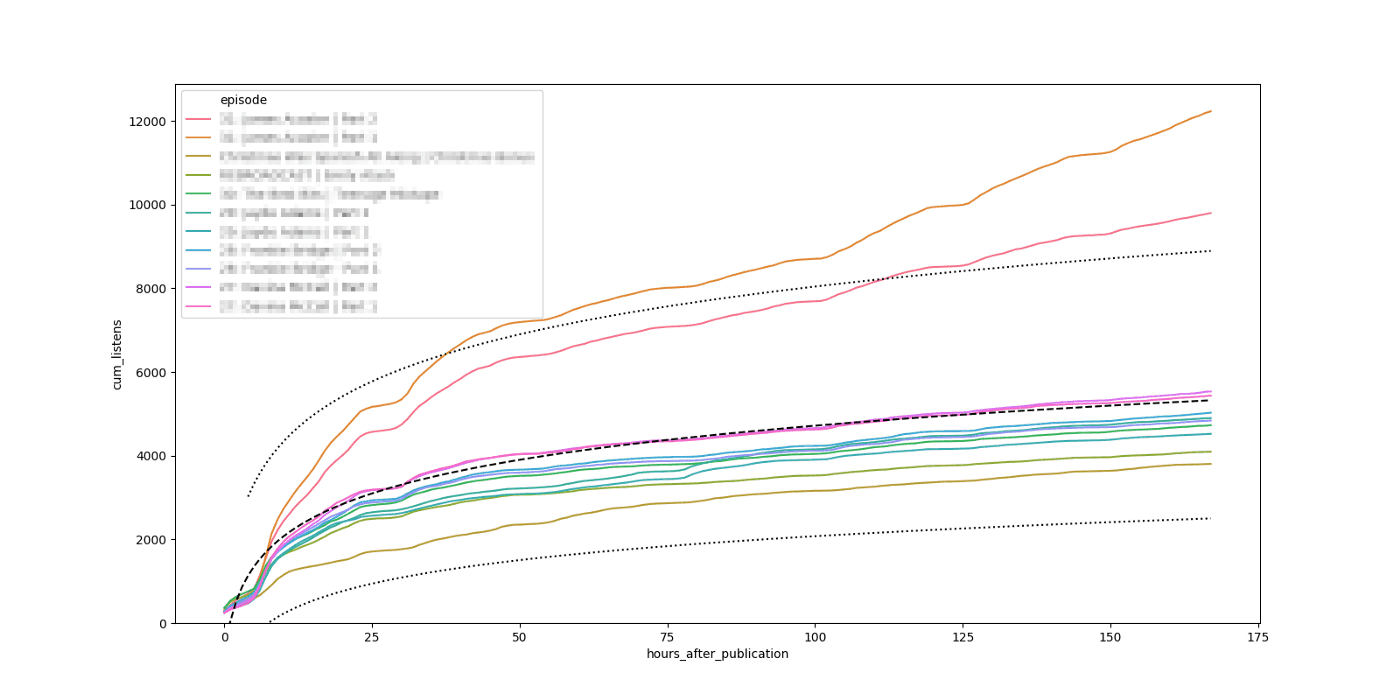Stream enrichment with Flink SQL
In today's world, real-time data processing is essential for businesses that want to remain competitive and responsive. The ability to obtain results…
Read more 
Being a Data Engineer is not only about moving the data but also about extracting value from it. Read an article on how we implemented anomalies detection for one of our clients that works in the podcasting industry, Acast. With the mechanisms we implemented, Acast employees are notified on the podcasts that suddenly gain or lose the audience. The results reveal trendsetting podcasts (the influencing ones, that grow episode after episode), hot topics (on shows that publish an episode that is listened all over the world) and also weird podcasts applications behaviour (sudden spikes in the listening pattern). All these anomalies notifications are based purely on the data and simple logarithm curve fitting - it's unbelievable what you can achieve with data&math!
In today's world, real-time data processing is essential for businesses that want to remain competitive and responsive. The ability to obtain results…
Read moreA few months ago I was working on a project with a lot of geospatial data. Data was stored in HDFS, easily accessible through Hive. One of the tasks…
Read moreIt's been a year since the announcement of the dbt-flink-adapter, and the concept of enabling real-time analytics with dbt and Flink SQL is simply…
Read moreData Mesh as an answer In more complex Data Lakes, I usually meet the following problems in organizations that make data usage very inefficient: Teams…
Read moreA tutorial on how to deploy one of the key pieces of the MLOps-enabling modern data platform: the Feature Store on Azure Databricks with Terraform as…
Read moreIn this episode of the RadioData Podcast, Adam Kawa talks with Michał Wróbel about business use cases at RenoFi (a U.S.-based FinTech), the Modern…
Read moreTogether, we will select the best Big Data solutions for your organization and build a project that will have a real impact on your organization.
What did you find most impressive about GetInData?